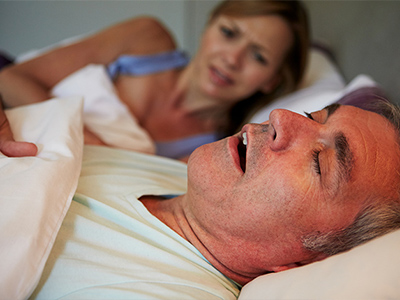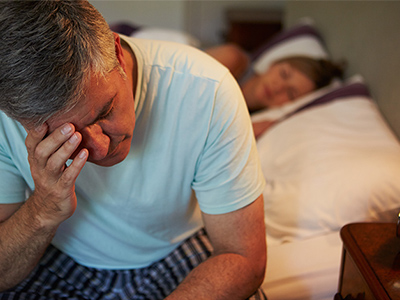There are three types of sleep-disordered breathing: Obstructive Sleep Apnea (OSA), Central Sleep Apnea (CSA) and mixed or complex sleep apnea. Each type has distinctive characteristics that enable diagnosis.
Obstructive sleep apnea (OSA) is the most common form of sleep-disordered breathing (SDB), affecting more than three in ten men and nearly one in five women.1 Patients who suffer from OSA often experience partial or full upper airway collapse during sleep.
Central sleep apnea (CSA) is less common than OSA.2 Unlike OSA patients who have partially or fully blocked upper airways that restrict breathing, patients with CSA have a central nervous system disorder. This means either the breathing centre in the brain fails to trigger breathing, or the signal to inhale is not transmitted properly to the rest of the patient’s body.
Mixed sleep apnea is a combination of obstructive sleep apnea and central sleep apnea. Mixed sleep apnea is more common than CSA but less prevalent than OSA.3


The first sign of a sleep disorder is snoring, even though many patients won’t identify that as a sign of something more serious. There are other common symptoms too.

ResMed gives you the tools to screen your patients for sleep-disordered breathing, request a sleep study, and get them diagnosed.
Sleep-disordered breathing affects 34% of men and 17% of women aged between 30-70. Peppard et al. Am J Epidemiol. 2013
Sleep-disordered breathing affects 34% of men and 17% of women aged between 30-70. Peppard et al. Am J Epidemiol. 2013
Morgenthaler TI, Kagramanov V, Hanak V, Decker PA. Complex sleep apnea syndrome: is it a unique clinical syndrome? Sleep 2006 Sep;29(9):1203-9.
Mayo Clinic.”Mayo Clinic Discovers New Type Of Sleep Apnea.” ScienceDaily.